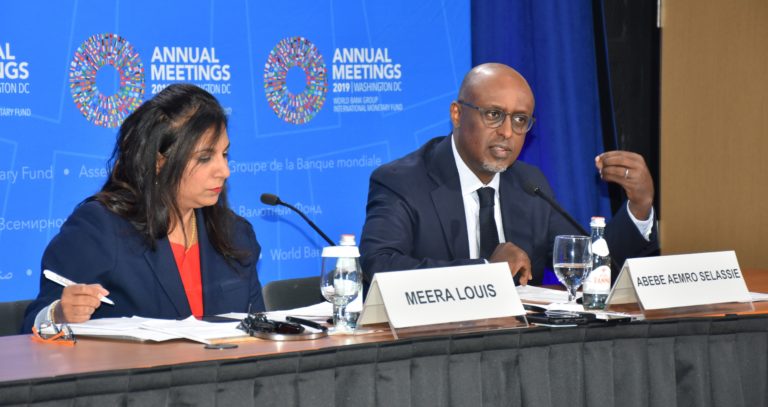
International Monetary Fund increases Nigeria’s economic growth forecast
The International Monetary Fund (IMF) on Tuesday revised upward its growth forecast for the Nigerian economy in 2021 to 2.5 per cent from its earlier projection of 1.5 per cent it announced in January.
Penpushing reports that, the revision was contained in the World Economic Outlook update released to announce the new projection, while the new growth projection is 1.0 per cent higher than the multilateral institution’s 2021 forecast in January.
The announcement on the new projection explained that January’s forecast was a downward review from the forecast it shared in October 2020, while the Nigerian economy exited recession in the fourth quarter of 2020 with a modest 0.11 per cent growth.
Penpushing further reports that the International Monetary Fund( IMF) in similar vein projected that in sub-Saharan Africa, growth will strengthen to 3.4 per cent in 2021, 0.2 per cent higher than the previous forecast.
The body, however, warned of “daunting challenges” given the different rates of administering shots across the globe, as it is also expected that the world economy to grow by 6 per cent in 2021, up from its 5.5 per cent forecast in January, a stronger economic recovery in 2021 as coronavirus vaccine rollouts get underway.

“Global prospects remain highly uncertain one year into the pandemic. New virus mutations and the accumulating human toll raise concerns, even as growing vaccine coverage lifts sentiment’, the body noted.
‘Economic recoveries are diverging across countries and sectors, reflecting variation in pandemic-induced disruptions and the extent of policy support. The outlook depends not just on the outcome of the battle between the virus and vaccines—it also hinges on how effectively economic policies deployed under high uncertainty can limit lasting damage from this unprecedented crisis,” the statement said.
“Global growth is projected at 6 percent in 2021, moderating to 4.4 percent in 2022. The projections for 2021 and 2022 are stronger than in the October 2020 WEO. The upward revision reflects additional fiscal support in a few large economies,’
‘The anticipated vaccine-powered recovery in the second half of 2021, and continued adaptation of economic activity to subdued mobility. High uncertainty surrounds this outlook, related to the path of the pandemic, the effectiveness of policy support to provide a bridge to vaccine-powered normalization, and the evolution of financial conditions.”
Penpushing In also reports that, the International Monetary Fund (IMF) in its new report, pointed out that about 95 million people are likely to fall below the extreme poverty threshold during 2020–21.
“Higher debt service costs are also expected to constrain their ability to address social needs, including rising poverty and growing inequality, or to correct the setback in human capital accumulation during the crisis,” it said.
FOOTNOTE: You want to share story with us? You want to advertise with us? You need publicity/live coverage for product, service, or event? Contact us on WhatsApp +2348073463653 or email penpushing@yahoo.com







